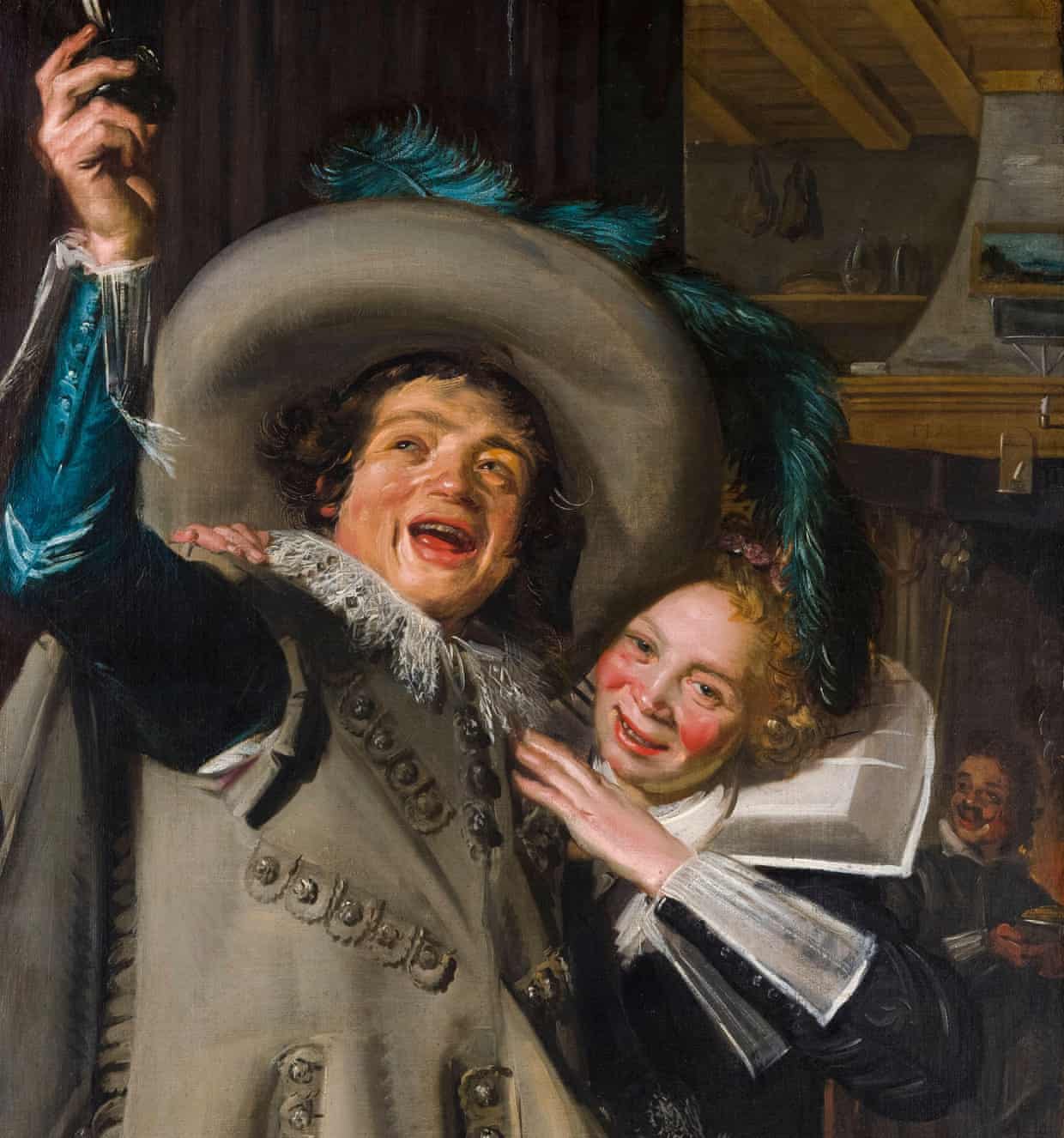Lifestyle
Navigating Friendship Dynamics: Balancing Authenticity and Expectations

A 70-year-old individual reflects on the complexities of friendship dynamics and personal expression, questioning whether their outgoing nature may unintentionally foster misunderstandings. This introspection raises broader inquiries about how people navigate relationships as they age, particularly regarding the balance between being true to oneself and managing others’ expectations.
As a teenager, the individual described themselves as a quiet observer, often mistaken for being wise. Now, with a more expressive personality, they find joy in engaging conversations but are concerned about the implications of their behavior on social interactions. The person notes a tendency to emit a “new-best-friend” vibe, only to withdraw when others approach too closely, creating a frustrating flip-flop effect that can hurt those around them.
According to Eleanor, a voice in the conversation about friendship dynamics, many people experience similar feelings. She emphasizes that some individuals naturally invite closeness, leading to relationships or expectations they did not intend to create. Eleanor cites a friend who, despite being professionally trained to foster intimate conversations, found that everyday interactions also led to unexpected emotional bonds.
This phenomenon can create discomfort when one party desires more from the relationship than the other is willing to give. The initial excitement of connection can quickly turn sour, leaving both individuals feeling rejected or consumed. The key question Eleanor raises is about responsibility: to what extent are individuals accountable for how others perceive them?
On one hand, there is a strong inclination to assert that the emotional landscape created in someone else’s mind is their responsibility. The individual’s experience may mirror the struggles of many who find themselves grappling with the unintended consequences of their sociability. Yet, on the other hand, Eleanor acknowledges that these interactions can lead to genuine hurt, regardless of intent.
The conversation highlights a critical tension: the choice between toning down one’s natural expressiveness or risking emotional harm to others. This dilemma reflects a broader struggle many face as they navigate personal identity in the context of social relationships.
Eleanor suggests that the desire to withdraw may not stem from external pressures but could be rooted in past experiences that have shaped perceptions of intimacy. She points out that normal attempts at connection may feel invasive due to lingering memories of past relationships where vulnerability led to loss.
Ultimately, the individual is encouraged to explore their motivations for pulling back. If the need to retreat is influenced more by internal fears than by genuine crowding, then it may not align with their authentic self. Eleanor reassures that choosing to be authentic—expressing oneself fully without curbing natural tendencies—is valid, provided it does not become a pattern that leads to emotional distress for others.
This discussion serves as a reminder of the intricate nature of human relationships, particularly as one ages. As people grow and evolve, understanding the balance between self-expression and the emotional needs of those around them remains a critical aspect of forging meaningful connections.
-

 Science3 weeks ago
Science3 weeks agoIROS 2025 to Showcase Cutting-Edge Robotics Innovations in China
-

 Lifestyle3 weeks ago
Lifestyle3 weeks agoStone Island’s Logo Worn by Extremists Sparks Brand Dilemma
-

 World3 weeks ago
World3 weeks agoBravo Company Veterans Honored with Bronze Medals After 56 Years
-

 Politics3 weeks ago
Politics3 weeks agoJudge Considers Dismissal of Chelsea Housing Case Citing AI Flaws
-

 Health3 weeks ago
Health3 weeks agoStartup Liberate Bio Secures $31 Million for Next-Gen Therapies
-

 Health3 weeks ago
Health3 weeks agoTop Hyaluronic Acid Serums for Radiant Skin in 2025
-

 Top Stories3 weeks ago
Top Stories3 weeks agoIndonesia Suspends 27,000 Bank Accounts in Online Gambling Crackdown
-

 Sports3 weeks ago
Sports3 weeks agoMel Kiper Jr. Reveals Top 25 Prospects for 2026 NFL Draft
-

 Lifestyle3 weeks ago
Lifestyle3 weeks agoMary Morgan Jackson Crowned Little Miss National Peanut Festival 2025
-

 World3 weeks ago
World3 weeks agoHoneywell Predicts Record Demand for Business Jets Over Next Decade
-

 Sports3 weeks ago
Sports3 weeks agoYamamoto’s Mastery Leads Dodgers to 5-1 Victory in NLCS Game 2
-

 Science3 weeks ago
Science3 weeks agoArizona State University Transforms Programming Education Approach









